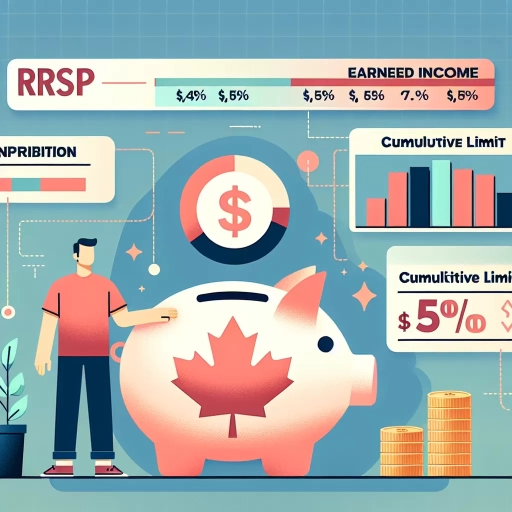How Much Can I Put In My Rrsp If I Have Never Contributed

Understanding the Basics of RRSP
The Concept of RRSP
The Registered Retirement Savings Plan (RRSP) is a retirement savings plan that you establish, that the government registers, and to which you or your spouse or common-law partner contribute. Deductible RRSP contributions can be used to reduce your tax. Any income you earn in the RRSP is usually exempt from tax for the time the funds remain in the plan. Simply put, RRSPs are a way to save for retirement that offers significant tax advantages - a kind of genuine "tax shelter"
The Benefits of RRSP
There are numerous benefits to investing in an RRSP. Firstly, your contributions are tax-deductible. This means that you can deduct the amount you contribute from your total income, thereby lowering your income tax. Secondly, the money in your RRSP grows tax-free as long as it remains in the plan. This means that you won't pay any tax on investment income or capital gains from the investments in your RRSP until you withdraw the money. Lastly, RRSPs can be converted into retirement income. When you're ready to retire, your RRSP funds can be transformed into a regular income stream.
RRSP Limitations
While RRSPs offer plenty of benefits, there are limitations that you need to be aware of. The most important of which is your RRSP deduction limit, also known as your "contribution room". This is the maximum amount you're allowed to contribute to your RRSP (or your spouse or common-law partner's RRSP) in a year. The RRSP limit is determined by the government and is based on several factors, including your earned income from the previous year, your pension adjustments, past service pension adjustments, and any unused contribution room from previous years.
Calculating your RRSP Contribution Room if You’ve Never Contributed Before
Understanding the 18% Rule
If you have never contributed to an RRSP before, calculating your RRSP contribution room can seem complicated. However, the simplest way to determine your limit is by using the 18% rule. According to this rule, you can contribute up to 18% of your previous year's earned income to your RRSP. Keep in mind; there's a dollar limit as well, which is determined annually by the government. For example, for the 2020 tax year, the maximum Dollar limit is $27,830.
The Impact of Pension Plans
If you are a member of a registered pension plan or a deferred profit-sharing plan at work, this will reduce your RRSP contribution room. This is represented by a "pension adjustment" (PA) that is calculated by your employer and appears on your T4 slip at the end of the year. Essentially, the PA accounts for the money that has been placed into your pension during the year - both by you and by your employer.
Taking Into Account Unused Contribution Room
What if you don’t use up your entire RRSP contribution room in a given year? The good news is that any unused contribution room can be carried forward to future years indefinitely. So if you haven’t saved much in your RRSP in past years, you’ll have an opportunity to catch up. This way, you can still take full advantage of the tax benefits that RRSPs offer.
Maximizing Your RRSP Contributions
Consistent Contributions
The key to maximizing your RRSP contributions is consistency. Rather than trying to make a large lump sum contribution once a year, consider setting up automatic monthly contributions. This not only makes it easier to budget for your RRSP contribution; it also allows your investments more time to grow.
Investing Your Tax Refund
Another strategy for maximizing your RRSP contributions is to invest your tax refund back into your RRSP. Since contributions are tax-deductible, many people receive a tax refund after making a contribution. By putting this money back into your RRSP, you can further increase your savings.
Balancing With Other Investments
While RRSPs are an important part of any retirement savings plan, it's also important to consider other types of investments. For instance, you may also want to contribute to a Tax-Free Savings Account (TFSA), which offers different tax advantages and withdrawal rules than an RRSP. Finding the right balance between these different types of investment accounts can help you maximize your overall retirement savings.